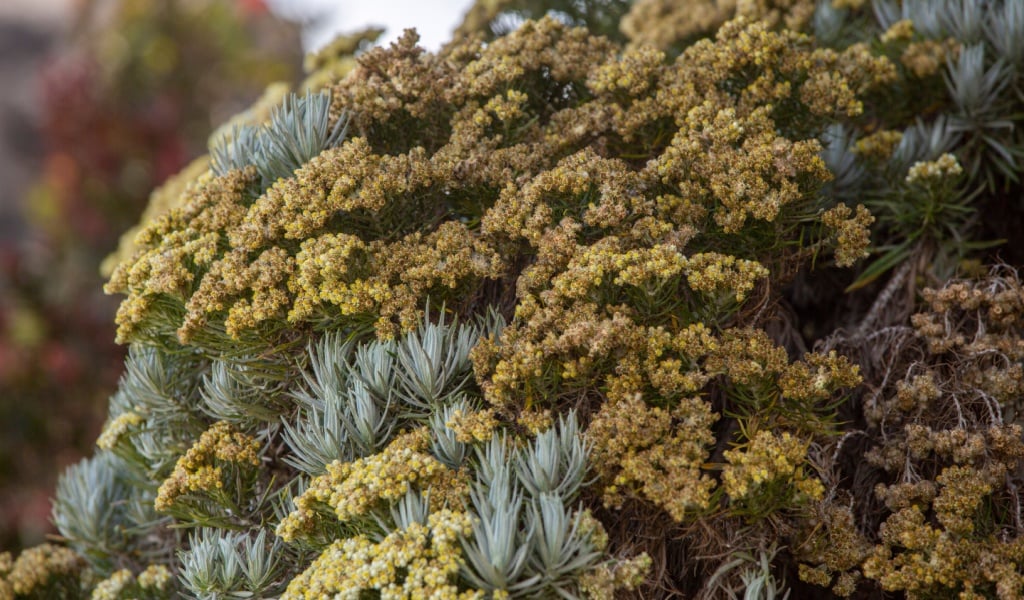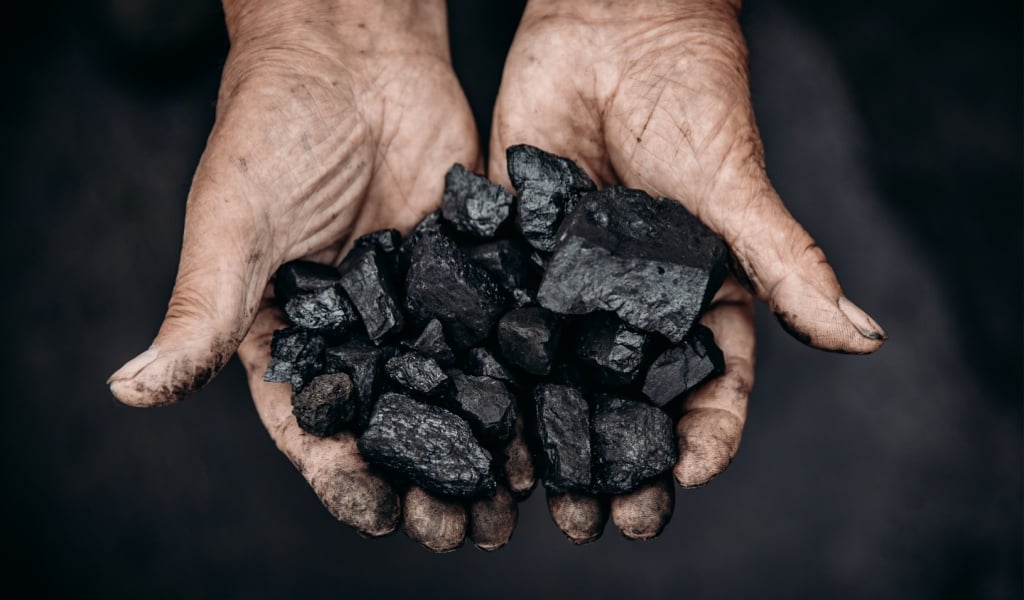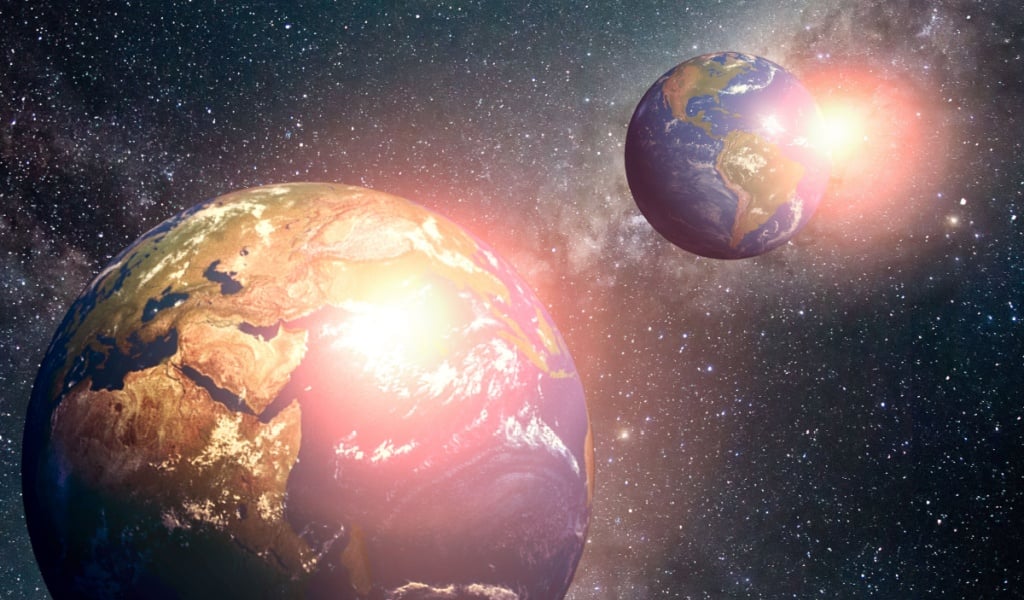When someone mentions extinction, dinosaurs and woolly mammoths are probably what pop into your mind. But these aren’t the only species we’ve lost to history – there are so many more of Earth’s treasures that have been left in the past.
While the animal world gets most of the attention, the plant kingdom has silently suffered significant losses over time. Trees that once sheltered ancient forests, flowers that once bloomed in various climates, and herbs that once cured or nourished are all now representations of botanical history.
Some vanished millions of years ago, while others disappeared only decades ago. They all had a story. Let’s take a closer look at 12 amazing extinct plants that have influenced the world’s history.

Silphium
If there was ever a plant superstar in the past, it was Silphium. This plant, native to the region of Cyrene (in modern Libya), was so precious that the Greeks and Romans collected it for a variety of purposes, including birth control, perfume, food flavoring, and even medicinal use.
It was so heavily gathered that it had completely vanished by the 1st century AD. Roman historians grieved its loss, and despite attempts, no one could rediscover the species.
Franklinia Alatamaha
The Franklin tree, found in Georgia (U.S.) in the 18th century, was named after Benjamin Franklin. Its dazzling white flowers and glossy green leaves enchanted both botanists and explorers.
Unfortunately, by the early 1800s, it had vanished from the wild, and the reason for its disappearance remains unknown. Disease? Deforestation? Climate change? No idea. However, seeds collected in the 1700s were replanted, and every Franklinia alive today descends from those farmed lines!
The Bermuda Sedge (Carex Bermudiana)
This small plant from Bermuda didn’t receive the same love as ancient tree fossils; however, it was a distinctive component of the island’s wetland ecosystems. Overdevelopment, habitat loss, and competition from aggressive species destroyed it from its native range.
It’s a classic example of a tiny, seemingly insignificant plant disappearing unnoticed until it’s too late.
Saint Helena Olive (Nesiota Elliptica)
The Saint Helena olive wasn’t a real olive tree, but its name stuck. Native to the isolated island of Saint Helena in the South Atlantic, this small tree once played a crucial role in stabilizing the island’s soil and promoting biodiversity.
However, human colonization and the introduction of grazing animals ruined its environment. In 2003, the final specimen died in cultivation.
Kokia Cookei
This tree, native to Hawaii, bore dazzling red flowers and grew only in dry forest surroundings on the island of Molokaʻi. By the mid-20th century, it was considered extinct in the wild, with the last known seedling discovered in 1970. And sadly, even that seedling was lost to a fire.
A few hybrids and cloned branches are currently living in labs and botanical gardens. This serves as a reminder of how quickly rare plants can disappear without adequate care.
Cooksonia
Cooksonia, a plant with no roots or leaves that existed approximately 425 million years ago, was one of the earliest vascular plants to appear on Earth. This plant resembled a stick with forked ends and was only a few centimeters tall.
Cooksonia paved the way for more complicated land plants by developing a vascular system to transport nutrients and water. It is considered the great-great-grandparent of every tree, flower, and weed.
Sigillaria
If you time-traveled 300 million years back, you’d discover swampy woods full of strange trees such as Sigillaria. It grew tall and slim, with leaf scars running up its trunk in spiraled patterns. It resembled a rocket than a redwood.
Sigillaria went extinct as the Earth’s climate dried up during the Permian Period. However, even after its extinction, it made a significant contribution to coal development, fueling the present industrial world.
Chilean Wine Palm (Jubaea Chilensis)
Chilean wine palm, once found in South America, boasts a majestic height and a thick trunk. Locals tapped its sap to make a sweet, intoxicating drink called palm wine. However, excessive tapping ultimately led to the tree’s demise.
The combination of deforestation and livestock grazing led to a drastic population decline. While not entirely extinct, it’s now considered scarce and functionally extinct in many areas of its native range.
Alula (Brighamia Insignis)
This bizarre plant, known as the “cabbage-on-a-stick,” used to cling to the cliffs of Kauai, Hawaii. It looked more surreal than a real plant because of its puffed trunk and cabbage-like leaves.
Its natural pollinator (a now-extinct hawk moth) disappeared. And without pollination, wild Alula vanished. The last wild plant died in 2020. Thankfully, it still survives in greenhouses because of human hand-pollination. But out in the wild? Gone.
Araucarioxylon Arizonicum
The name of this tree may sound catchy, but its past is bygone and colorful. This massive conifer was native to what is now Arizona more than 200 million years ago. The Petrified Forest National Park was once a geologist’s dream, with wood fossilized into incredible colors. Unfortunately, these rainbow-colored fossilized logs have become extinct for years.
Wattieza
Around 385 million years ago, before pines, oaks, and maples emerged, there was Wattieza, a spore-bearing, fern-like tree that grew up to 26 feet in height. It’s regarded as the oldest known tree, dating back to the Devonian Period, a time when land plants were just beginning to grow.
Instead of flowers or seeds, Wattieza reproduced with spores. Its extinction was part of the massive evolutionary turnover that molded today’s woods. This tree cleared the path for all leafy developments that followed.
Encephalartos Woodii
There’s a bit of a twist here: Encephalartos woodii isn’t theoretically extinct, but it might as well be. This unique South African cycad has only male specimens left. There have been no females discovered. Interesting huh?
Without a female counterpart, the species is unable to reproduce sexually. It survives through cloning, making it a sort of botanical zombie: alive, but destined never to grow naturally again.
Life Lesson
Despite being extinct, these plants offer us a valuable insight into the past. Some plants disappeared due to natural changes in Earth’s climate. However, many, especially recent losses, are directly linked to human activity.
Every plant tells a story of how ecosystems change and how fragile the balance is. Fortunately, some were rescued through propagation and cloning, and they serve as a reminder that conservation is still possible. It is up to us to take the proper measures to stop future extinctions.
Let’s Make a Safe Place for Plants
The next time you see a garden, jungle, or houseplant, take a minute to appreciate it. Plants are more than just green background scenery; they are essential characters in the story of life.
And who knows? A new plant might be growing somewhere that future generations will one day appreciate or mourn over.



